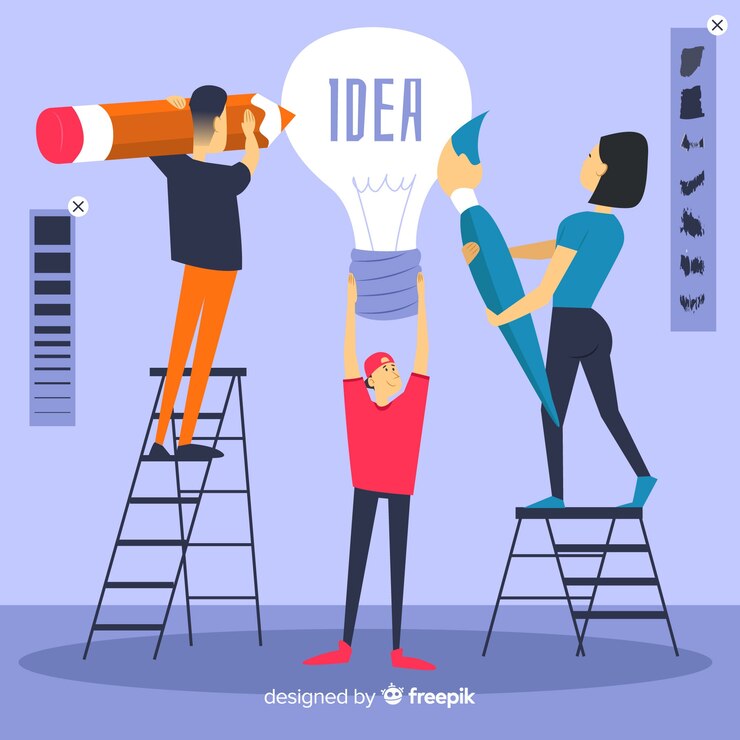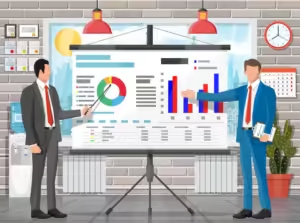5 Proven Strategies to Enhance Employee Experience and Boost Company Engagement in Small and Medium-Sized Businesses
Introduction
Enhancing employee experience and fostering a strong sense of connection within small and medium-sized enterprises (SMEs) is crucial for organizational success. In this article, we will explore five effective strategies aimed at optimizing employee experience and elevating company engagement within SMEs.
Optimizing Onboarding Processes for Seamless Integration
Creating a welcoming and structured onboarding process is essential for new employees to feel valued and quickly integrate into the company culture. By providing comprehensive training, assigning mentors, and facilitating introductions to team members, SMEs can ensure a smooth transition for new hires.
Fostering a Culture of Continuous Learning and Development
Investing in employee growth and development not only enhances individual skills but also contributes to overall company success. SMEs can implement training programs, workshops, and mentorship opportunities to empower employees to expand their knowledge and expertise continuously.
Promoting Transparent Communication Channels
Open and transparent communication is vital for building trust and fostering a sense of belonging among employees. Implementing regular feedback sessions, town hall meetings, and accessible communication channels enables SMEs to address concerns promptly and keep employees informed about company goals and initiatives.
Prioritizing Work-Life Balance and Well-being Initiatives
Supporting employees’ well-being and promoting a healthy work-life balance is essential for sustaining productivity and preventing burnout. Offering flexible work arrangements, wellness programs, and mental health resources demonstrates a commitment to employee welfare and fosters a positive work environment.
Recognizing and Rewarding Employee Contributions
Acknowledging and rewarding employee achievements is key to boosting morale and reinforcing desired behaviors within SMEs. Implementing employee recognition programs, performance bonuses, and opportunities for career advancement motivates individuals to excel and strengthens their connection to the company.
FAQs (Frequently Asked Questions)
How can SMEs measure employee satisfaction and engagement levels?
SMEs can utilize employee surveys, performance reviews, and retention rates to assess satisfaction and engagement levels effectively.
What role does leadership play in shaping employee experience within SMEs?
Effective leadership sets the tone for company culture, values, and employee relations, significantly influencing overall employee experience.
Are there specific industries where these strategies are more effective?
While these strategies are applicable across various industries, their implementation may vary based on organizational structure and workforce demographics.
How can SMEs ensure inclusivity and diversity in their employee experience initiatives?
By fostering a culture of inclusivity, promoting diversity in hiring practices, and providing equal opportunities for all employees, SMEs can ensure a supportive and equitable work environment.
What are some cost-effective ways for SMEs to implement these strategies?
SMEs can leverage internal resources, such as cross-departmental collaborations and online learning platforms, to implement these strategies without significant financial investment.
How can SMEs address resistance to change when implementing new employee experience initiatives?
By fostering open dialogue, soliciting feedback from employees, and emphasizing the benefits of change, SMEs can mitigate resistance and facilitate a smoother transition process.
Conclusion
In conclusion, prioritizing employee experience and engagement is paramount for the long-term success of small and medium-sized businesses. By implementing the aforementioned strategies and continually seeking ways to enhance the workplace environment, SMEs can cultivate a motivated and committed workforce poised for growth and innovation.























 3. زراعة ثقافة ردود الفعل والتقدير
3. زراعة ثقافة ردود الفعل والتقدير الأسئلة الشائعة
الأسئلة الشائعة




 توفير فرص التعلم والتطوير
توفير فرص التعلم والتطوير تشجيع التعاون والتنوع
تشجيع التعاون والتنوع


